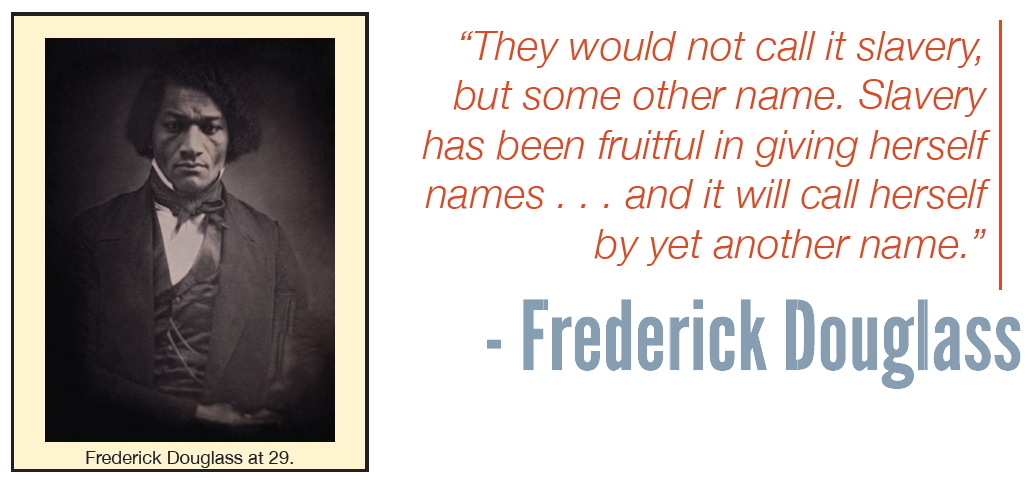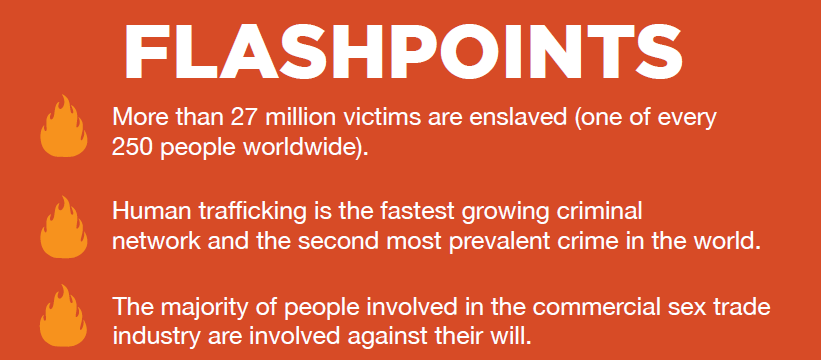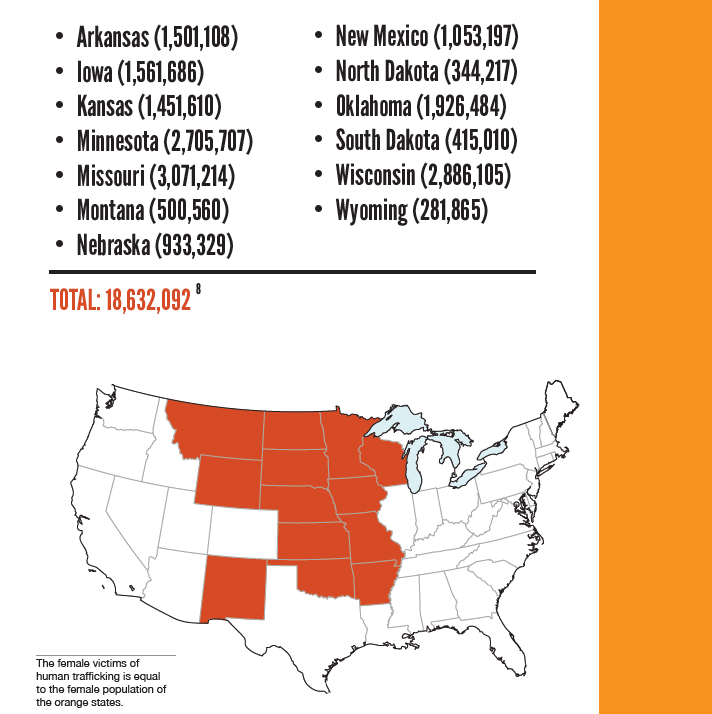Chapter 1 Global Context





1.1 The Fire

On the morning of October 10th, 1871, Chicago city firefighters retreated from the charred remains of four city blocks. They had spent the whole night combating a fire that had seemed uncontrollable. In addition to the poorly-trained and ill-equipped team, the city had not seen rain in over three weeks. Since most buildings were made of wood, the flames engulfed the structures at a frightening speed. It took all the firefighters’ strength to charge the fire and extinguish the blaze. The battle had been won, but barely. 1
As the firefighters retreated from the scene, they were unaware that a 30-mile-per-hour wind was about to whip through the streets of Chicago, igniting a fire far more devastating than the one they had just fought. By the following evening, a fire bell screamed to wake the men, and announced the onslaught of The Great Chicago Fire.
Flames overwhelmed a heavily populated district of Chicago. In the confusion, the un-rested firefighters were sent to the wrong location, delaying their response. By the time they reached the site of the fire, the inferno raged out of control, even jumping the Chicago River. Although brothers from neighboring cities joined the fight, the blaze raged on. Just over 24 hours later, the fire finally burned itself out when the winds diminished and a light rain began to fall.
In a matter of hours, The Great Chicago Fire devastated the entire city. The flames destroyed over 2,000 acres of Chicago’s most valuable real estate, one-third of the city’s valuation and one third of residents’ homes. Over 300 people lost their lives.
In the days and weeks that followed, officials recognized their failure to train and equip an adequate number of firefighters. Once officials understood the danger and in order to prevent another disaster, they secured state-of-the-art equipment and adopted stricter safety codes.

“We will not be able to solve the travesty of sex
trafficking without dealing with demand.”

Like an out of control fire, sex trafficking consumes and
devastates what it touches. Instead of physical buildings, it destroys lives.
Instead of property, it destroys souls.
Its cost is to not be measured in dollar signs, but in the stolen
childhoods, the lost innocence, and the shattered lives of its victims.
Life a raging global fire, human sex trafficking is the second-largest, fastest growing criminal market in the world. Outpacing the criminal markets of both drug and weapons dealing.

Imagine if firefighters only rescued people from burning buildings - ignored the fire - and thought their job was done? The fire itself would leap to other buildings, other property, consuming more lives in its path.
Similarly, by only rescuing the victims of human trafficking, the global fire of trafficking continues to grows.
MATTOO exists to combat this fire by putting out the flames - the demand.

1.2 Key Myths vs Facts
MYTH: Since slavery has been abolished in the vast majority of countries throughout the world and in the US since 1865, there has been no (or minimal) slavery for over the last 100+ years.
FACT: More slaves exist today than during the Atlantic slave trade 200 years ago.
• It is estimated that, prior to 1865 when the US abolished slavery, 11 million people were enslaved throughout the world. 4
• Figures from 1999 estimate 27 million people are enslaved worldwide. 5
Frederick Douglass, a former slave and leader of the abolitionist movement, wrote - “They would not call it slavery, but some other name. Slavery has been fruitful in giving herself names … and it will call itself by yet another name.” 6
Think of it this way - two hundred years ago, slave traders did not want to be called slave traders, so instead they called themselves merchants. And during this time and to make it feel more acceptable, slaves were often not called “slaves” but instead were called servants or field workers.
Do you see the parallels to today?
What was old is new again.
Today, slave traders would rather go under the title of “pimp” and have us look at their sex trafficking victims as “prostitutes.”
Modern day slave traders may also be known as boyfriends, husbands, friends, taxi drivers, casino hosts, strip club owners, valets, massage parlor managers, bartenders, and many others who earn money by enslaving others. Plainly stated, sex trafficking is slavery. b & 7
It is difficult to comprehend [NOTE UPDATE: 27 million victims], but even more startling is the fact that 1 out of every 250 people worldwide are enslaved. 8



MYTH: Human trafficking only (or primarily) exists in underdeveloped countries.
FACT: Human trafficking exists in every developed country.
• As many as 50,000 women and children are trafficked into the United States every year — i.e. 500,000 over the last decade. (9. Besler, “Forced Labor and Human Trafficking,” 18.)
• Experts have linked the legalization of prostitution in Germany, the Netherlands, and Australia to sex trafficking in these countries. (10 United Nations Office on Drugs and Crime, “Trafficking in Persons: Global Patterns,” fig. 16 and n. 13, (United Nations, 2006), 33, http://www.unodc.org/pdf/traffickinginpersons_report_2006ver2.pdf (accessed November 13, 2013).

1.3 Global Context
As you prepare yourself to battle the fire of sex trafficking around you, we want to arm you with an understanding of its global context. As is true for all black markets, establishing robust numbers is always difficult. And it is no different for the black market of sex trafficking, but we have done a lot of research and will show you logic as to how these numbers are the best we have.



In the 1990s, Dr. Kevin Bales, a leading expert on modern slavery and President and co-founder of Free the Slaves embarked on a project to capture the scope of the issue. In 1999, he documented his results in the best-selling book Disposable People: New Slavery in the Global Economy. This book was a well-researched analysis of the operations of slave-based businesses. It was also when the number 27 million was introduced to the world at large as the estimated number of human trafficking victims. What is surprising is that since 1999, this number continues to be used for the issue of human trafficking is discussed. (Even though the research that established this number states that some activists estimated the number could be as high as 200 million victims.) 2
Other studies have been executed to determine the estimated number of victims. Siddharth Kara, the first Fellow on Human Trafficking with the Kennedy School of Government at Harvard University and another one of the world’s foremost experts on modern day slavery provided an estimate of 28.4 million slaves at the end of 2006. Kara using his background in finance, economics and law, provided a dynamic model to calculate the number of slaves in the world each year, with an estimated 29.2 million at the end of 2009. 3
As MATTOO does not want to sensationalize the numbers and as there are many estimates to choose from - some lower and some higher, we will use the number 27 million estimated victims of human trafficking for the purposes of this workbook. It is still the most commonly publicized estimate and will thus aid in simplifying very complex information.



1.4 Global View of Sex Trafficking
Of the estimated victims of human trafficking, how many are sex trafficked?
The United Nations Office on Drugs and Crime (UNODC) analyzed a collection of 113 individual reports from 1996 to 2003 on human trafficking. The collection of reports included data from 161 countries and territories and estimated that 87% of trafficking occurs for the purposes of sexual exploitation (i.e. sex trafficking). 4
As we use one study for the global estimate of human trafficking victims (which includes sex trafficking, labor trafficking, and other forms of trafficking) and another study for the estimate of sex trafficking (and to continue with our conservative estimates), we discounted the 87% statistic to allow for error by 17 percentage points to 70%.
Thus, our calculation to estimate the number of sex trafficking victims is 27 million victims times 70% which equals 18.9 million sex trafficking victims globally. This is an estimated number you will see throughout our education program. From preliminary research, we believe if a global, robust, and updated number of sex trafficking victims were to be established in the near future it would only be higher. We strongly believe that even if one person were subjected to the realities of sex trafficking that the entire world should move to rescue that individual and help diminish the demand for sex trafficking across the globe.



1.5 Magnitue of Trafficking
To express the magnitude of a number like 18.9 million, this equates to every female living in the following states as a victim of the sex trade industry:

Female Population of US States Highlighted in Dark Orange


NOTE: MATTOO’s preliminary research from 2012 indicates the current number of sex-trafficked victims could be easily over 32+ million. This would only be a little more than a 3 percent year-on-year increase from 1997 when the first key study came out. And as human trafficking is the fastest growing criminal market in the world, this conservative estimate is not hard to believe.b
b Taking 18.9 million at approximately 3.6% increase over 15 years = approx. 32 million. Calculation = 18,900,000 x (1 + (3.6%/1))^(1x15)
To show the scale of this number, 32 million victims is equivalent to every single woman living in the United Kingdom.



Now that you have heard a bit of who we are as an organization and the Global Context, here are some questions to solidify both what you already know and what you have read.
To help internalize what you learned, what is your definition of sex trafficking?
What are some thoughts you have on how sex trafficking could be stopped in small or large ways?
